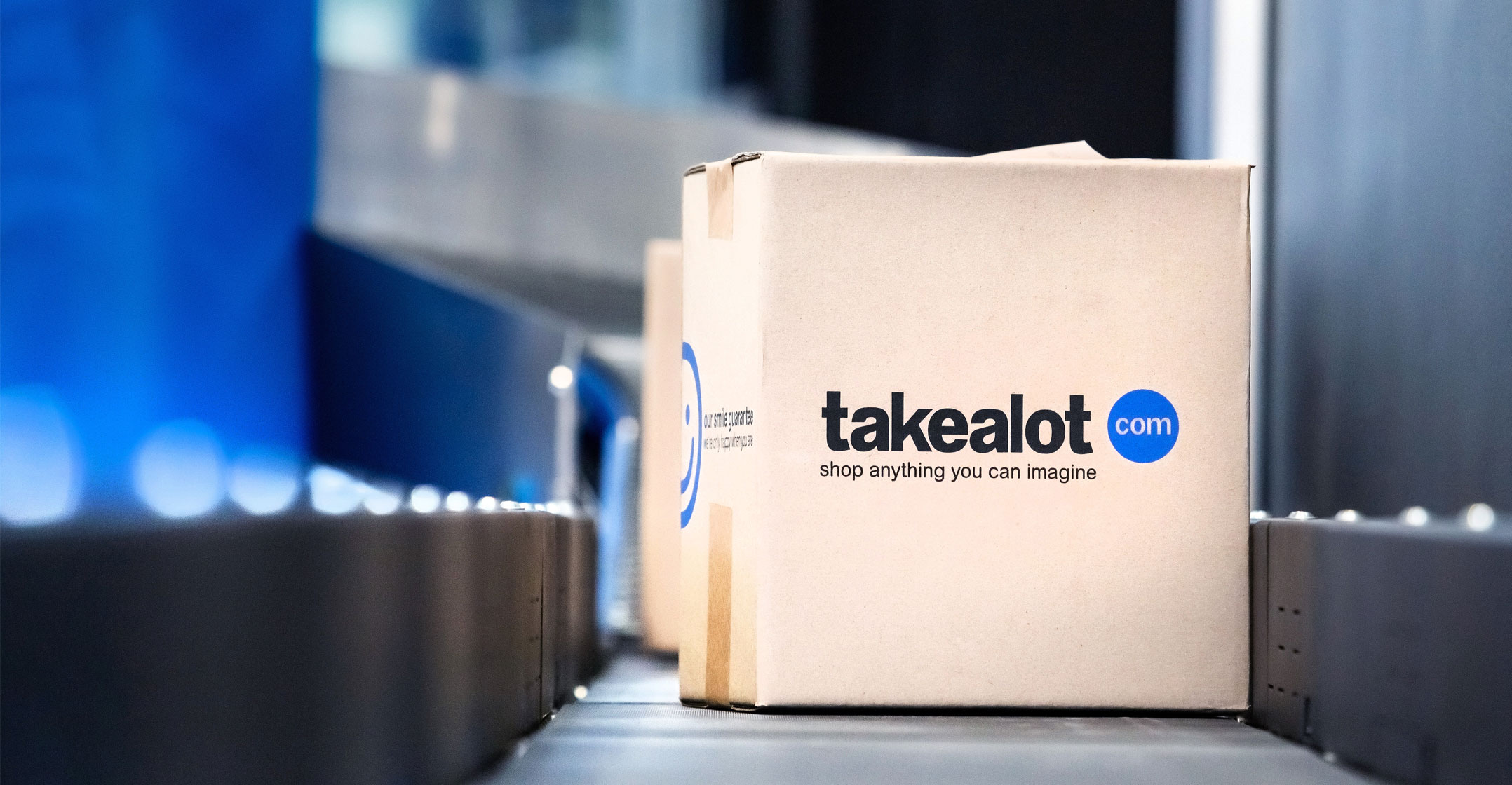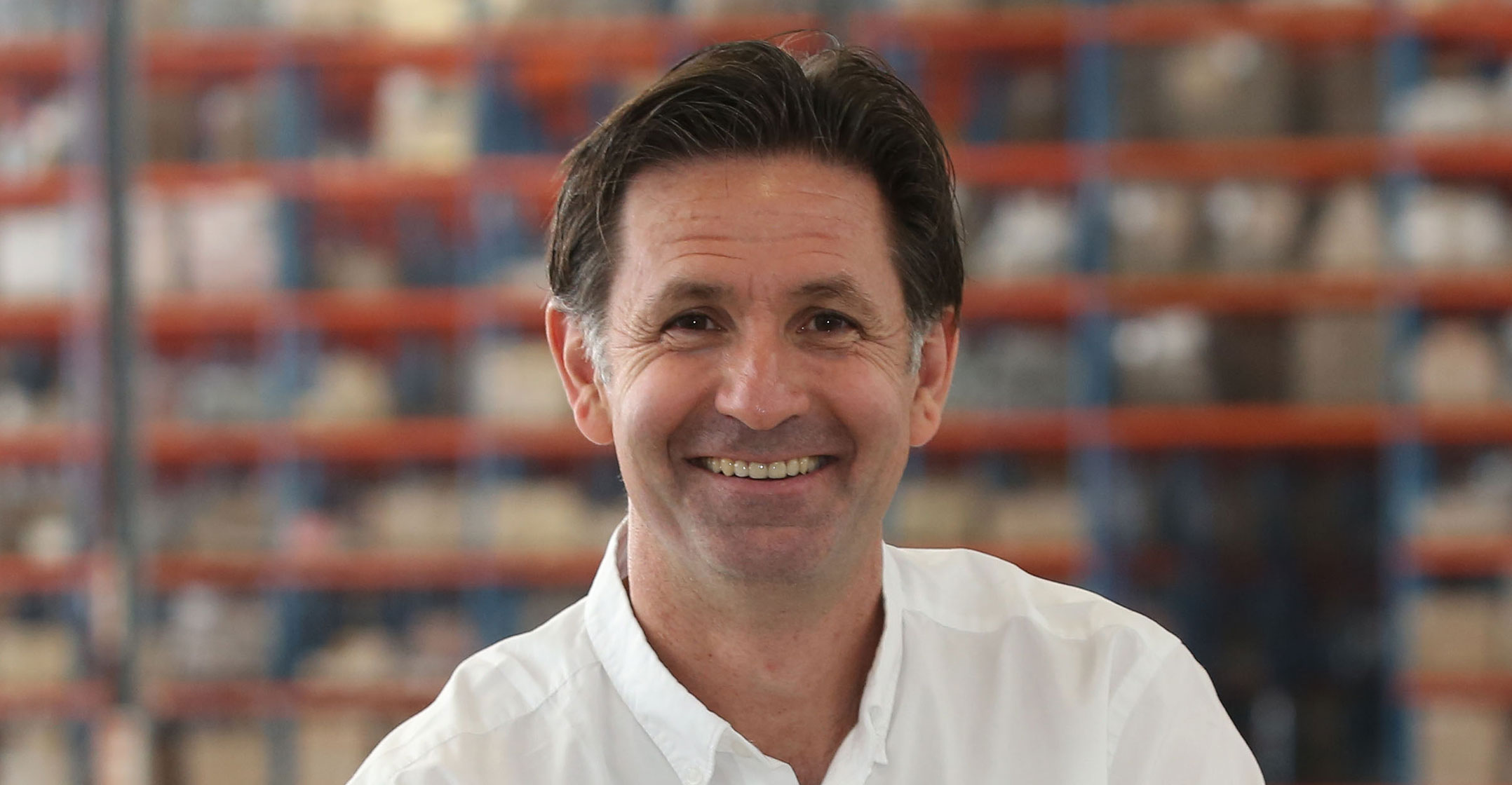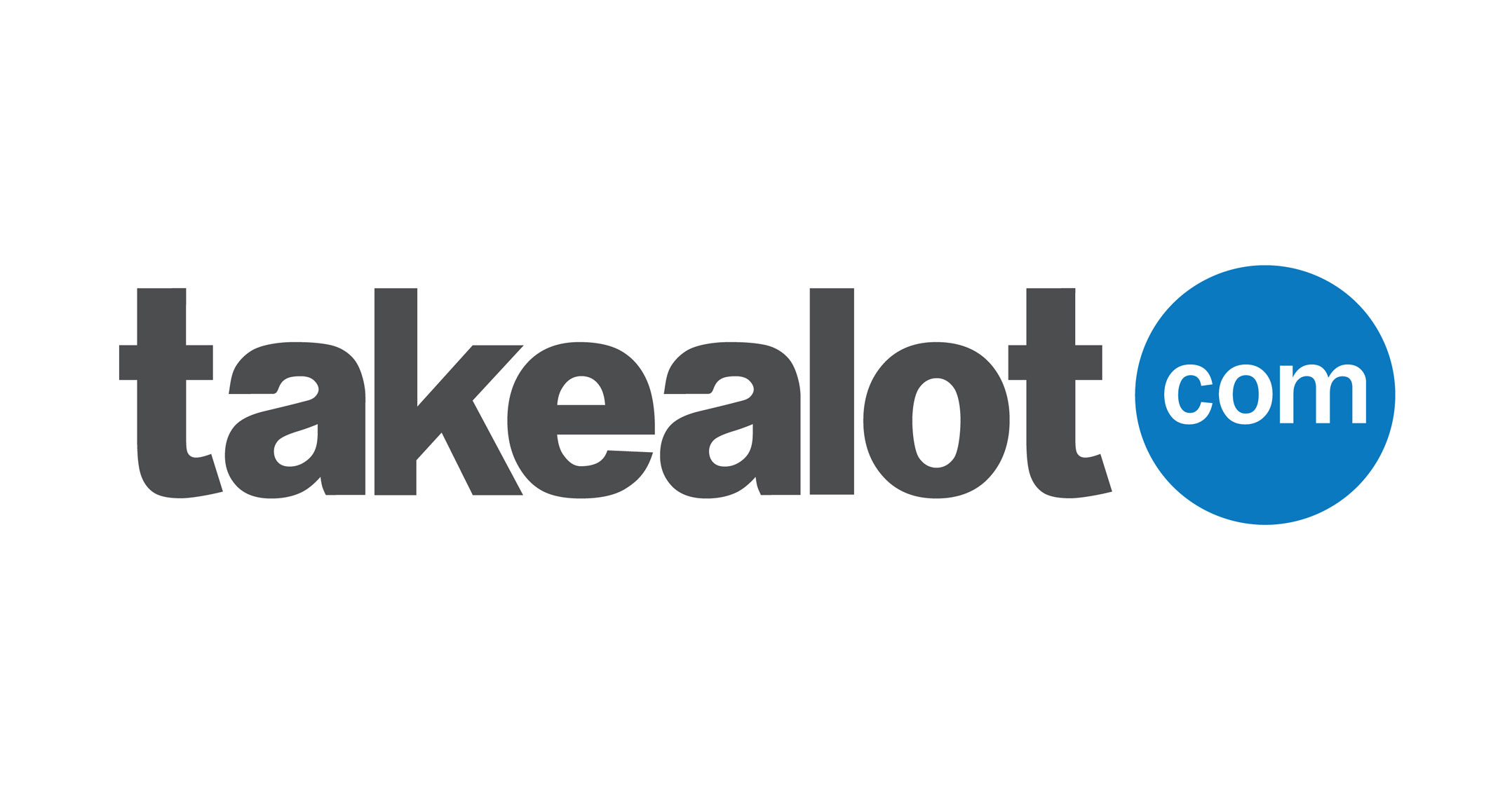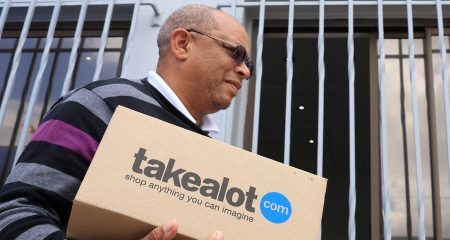 The first question nearly everyone asks when they learn about Takealot’s new pickup points is “Why?”. Most cannot fathom why the country’s largest online retailer is rolling out a network of physical collection outlets in urban areas across the country.
The first question nearly everyone asks when they learn about Takealot’s new pickup points is “Why?”. Most cannot fathom why the country’s largest online retailer is rolling out a network of physical collection outlets in urban areas across the country.
The retailer has rapidly rolled out a number of pickup points across the country (including at its warehouse in Cape Town). Currently, 30 are live, with 15 across Gauteng and eight in the Cape metro. It sees the total growing to around 50 in the next year. The pickup points are for Takealot parcels as well as orders placed on its fashion site subsidiary Superbalist.
Speaking at the opening of its flagship pickup point at the Big Bird complex on the N1 highway in Midrand (the petrol stations at New Road) last week, Takealot CEO Kim Reid made the point that the local market is not the same as the market in the US. “People are not always at home, they are not always at their businesses.”
This is its key selling point to customers: these pickup locations offer convenience. Reid says customers have peace of mind knowing their order is available and waiting, and they’re able to collect it when its convenient to them.
Pickup points are open until late — generally 7pm during the week. The N1 Bridge pickup point at Big Bird is entirely focused on commuters: it is open from 6am to 8pm, although Reid says the retailer will start adjusting these times. He notes that Takealot has had a pickup point since “almost day one”: its warehouse in Cape Town.
The retailer offers a multitude of delivery options, with standard delivery (including to pickup points) free for orders over R450. Expedited delivery to main centres is available at a fee of around R100, depending on the specifics.
Low fee
Smaller value orders (under R450) attract a delivery charge of R60, but for collection at pickup points, this charge is only R25. (Expect experimentation with various delivery pricing strategies soon.)
This low fee may entice customers to order more often, and may also attract new customers who can’t or prefer not to accept deliveries to Takealot. The importance of these two factors should not be underestimated.
But there are other compelling reasons for Takealot to be pursuing this strategy.
First, the investment to roll out the pickups points has likely been modest as — crucially — Takealot (and subsidiary MrD Food) already has a physical footprint.

It uses these centres as hubs from which it then distributes parcels daily. For example, many parcels destined for delivery in Sandton likely arrive at the Bryanston hub (just off William Nicol Drive), before a fleet of mostly scooters ensure their eventual delivery through the day. So, parcels aren’t going anywhere different, they’re simply being held at the hub for collection. Leveraging these as walk-in pickup points therefore only required the installation of a more “professional” customer entrance.
Second, a network of physical pickup points helps Takealot overcome the limitations inherent in a delivery-only business.
Some customers don’t (yet) trust deliveries, while others simply may not be able to receive them. They may have a job that prevents them from being in a single location throughout the day. Sending parcels to a home address may not be possible. There might not be anyone at home during the day to receive a delivery. Or (in a more South African context), there might not be a way for a delivery to be made to a unit in an apartment or townhouse complex during the day.
Traditional bricks-and-mortar retailers have long understood these limitations. Practically all local retailers who have launched aggressive online shopping plays in recent years have leveraged their store networks with a focus on “click and collect” orders. This has either been on their own or through a solution like Pargo, which enables a network of 2 000 pickup points across the country, including TFG Limited and Clicks stores. The locker model, increasingly popular at petrol stations, also helps bridge the gap between a dedicated pickup point and an existing retail footprint.
Third, the pickup points help dramatically simplify the returns process for Takealot. Until now, this required customers to log a return and then wait for a courier to collect the return.
This involved the same complicated dance as the delivery to ensure customers were available.
Returns
Broadly speaking, though, this required a business almost entirely focused on delivering parcels to customers to efficiently handle a reversal of this process. With the pickup points, customers can log a return and simply drop their parcel off. Returns can then first be collated at each hub and then sent back to the Cape Town warehouse.
Finally, the pickup points are significantly more efficient for Takealot than the randomness and complexity of door-to-door delivery. This point was not made directly by Reid at the launch but is surely a contributor to why these are being rolled out so rapidly.
Takealot sends tens of thousands of parcels to these hubs a day for onward delivery. This is the portion of the delivery process it has the most control over (effectively total control), and the part it likely knows the most about.
 These pickup points are crucial to getting more parcels delivered on the same day over time, and Takealot knows this. It is not economical (or profitable) to send a parcel via a courier from either the Cape Town or Johannesburg warehouse direct to a customer on the same day. But when the cost of getting a parcel closer to the customer (to their nearest hub) is spread over the total number of items being sent to that hub at that point in time, the numbers start making sense.
These pickup points are crucial to getting more parcels delivered on the same day over time, and Takealot knows this. It is not economical (or profitable) to send a parcel via a courier from either the Cape Town or Johannesburg warehouse direct to a customer on the same day. But when the cost of getting a parcel closer to the customer (to their nearest hub) is spread over the total number of items being sent to that hub at that point in time, the numbers start making sense.
It isn’t clear how often “bulk” deliveries are being made to these hubs per day (presumably at least morning, noon and night), but making this more efficient is surely something Takealot is hard at work on. Reid says the plan, over time, is to get deliveries to the pickup points down to the same day. This will make the retailer even more attractive and should further stimulate usage.
Reid notes that between 10% and 15% of orders in the Cape Town area are already collections from the main warehouse (in the out-of-the-way Montague Gardens). He says the business expects to see a similar percentage of collections across the network of pickup points.
One can’t help but get the sense that Reid is being too conservative (perhaps deliberately so, or at least publicly so). It wouldn’t be a stretch to see this number at 20-25% of total orders with a network of 50 pickup points in place, especially since Takealot knows precisely where these would be best-suited (given what it knows about its customers and their behaviour).
- This article was originally published on Moneyweb and is used here with permission




